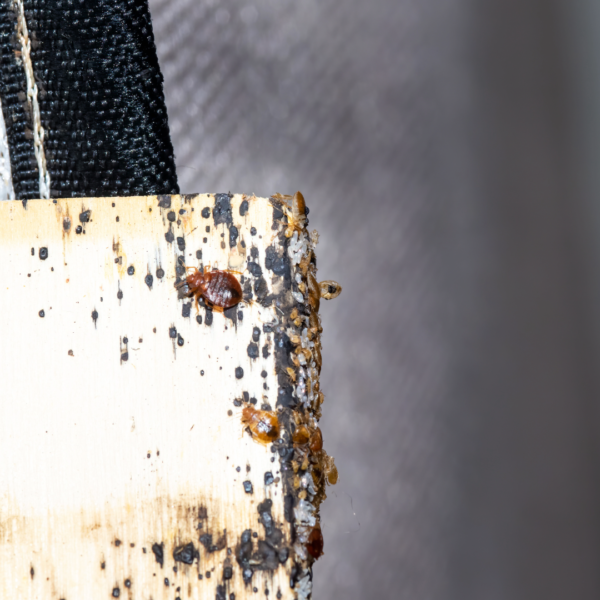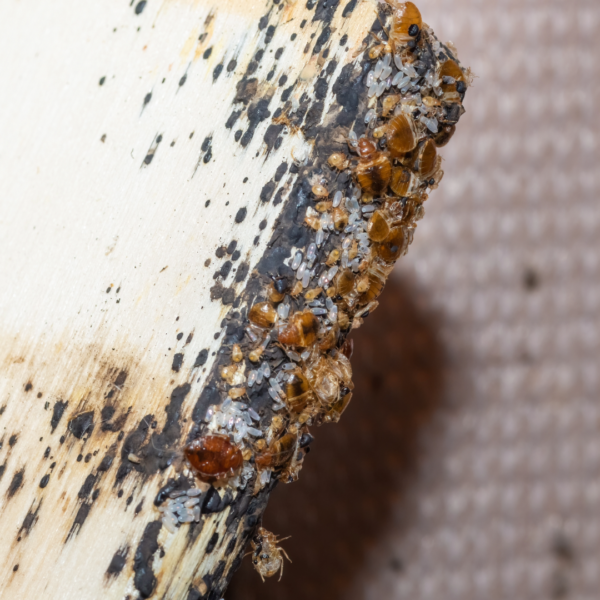Dealing with bed bugs is enough to make anyone’s skin crawl, but one crucial sign often goes unnoticed: bed bug dirt. Also known as their droppings, this unsightly mess is usually one of the earliest—and clearest—indicators of an infestation. So, what exactly is bed bug dirt, how can you spot it, and what steps should you take once you do? Let’s dive into the details.
What is Bed Bug Dirt?
In simple terms, bed bug dirt is the waste left behind by bed bugs after they feed. These pests feed exclusively on blood, and after digesting it, they produce small, dark droppings that can appear as tiny black or brownish spots.
At first glance, bed bug dirt might be mistaken for regular dirt or even mold. However, there’s one big difference: it’s fully made of digested blood. Unlike ordinary dirt, bed bug dirt will smear like ink when rubbed with a wet cloth.
Finding bed bug dirt is a major red flag. Even if you haven’t seen the bugs, their droppings clearly indicate they’re around. Ignoring this can lead to a full-blown infestation, as bed bugs reproduce quickly. Spotting this dirt early allows you to act before the situation worsens.
Where Can You Find Bed Bug Dirt?

Knowing what bed bug dirt looks like is important, but where should you be looking? You’re more likely to find bed bug dirt in the following areas:
- Mattresses and Box Springs: One of the most common places to find bed bug dirt is on your mattress. Check along the seams, folds, and tags for those telltale black spots. Your box spring is another favorite hiding spot, especially in the cracks and crevices where bed bugs are hard to spot.
- Bed Frames and Headboards: Bed bugs love to crawl into the joints and cracks of bed frames and headboards. Since they feed while you’re sleeping, they leave behind dirt in these areas as they return to their hiding spots.
- Sheets and Pillowcases: Bed bugs don’t limit their mess to just the mattress. As nocturnal feeders, they’re active while you sleep, leaving dirt behind on your bed linens. Check your sheets, pillowcases, and blankets for those tiny black specks, especially around the edges.
- Furniture and Carpeting: Bed bug dirt can also turn up on couches, chairs, and even along the edges of carpets. Pay attention to spots near the legs of beds or sofas—bed bugs are opportunistic and will hide wherever they can.
Is Bed Bug Dirt Dangerous?

While bed bug dirt itself isn’t toxic or harmful in the traditional sense, it’s not something you should ignore. Bed bug feces are made of digested blood, and while they don’t spread diseases, they can trigger allergic reactions in some people. Plus, bed bug dirt can stain your mattress, sheets, and furniture, which adds an extra layer of damage to your home!
But here’s the real issue: bed bug dirt is a clear sign of an infestation. If you’re seeing it, that means bed bugs have been feeding, breeding, and hiding nearby. The longer you let it go, the worse the infestation will get.
How to Get Rid of Bed Bug Dirt

If you’ve spotted bed bug dirt, your goal isn’t just to clean it up. You’ve got to deal with the real problem: the bed bugs themselves. Here’s how to handle it:
- Inspect Your Home Thoroughly: First, identify where the bed bugs are hiding. Grab a flashlight and inspect all the usual places, like mattresses, bed frames, furniture, and carpeting, for more bed bug dirt, live bugs, or eggs.
- Vacuum Up Dirt and Bugs: Once you’ve located the areas with bed bug dirt, use a vacuum to remove as much dirt, eggs, and visible bugs as possible. Remember to empty your vacuum immediately afterward, sealing the bag in a plastic bag before throwing it out far away from your home.
- Steam Cleaning: Bed bugs and their eggs are highly sensitive to heat, making steam cleaning an effective way to eliminate them. Use a steamer on mattresses, box springs, furniture, and carpets to kill any remaining bugs and clean up their dirt.
- Wash Bedding and Linens: Wash any linens, pillowcases, blankets, and clothing that may have come into contact with bed bugs. Use the hottest water and dryer setting to ensure you kill any bugs and their dirt.
- Call in the Pros: While DIY methods can be helpful, bed bugs are notoriously difficult to get rid of completely. A professional pest control service like Sentinel Pest Control will make sure the infestation is fully eradicated. Our team uses advanced treatment methods to target bed bugs at every life stage—eliminating the bugs and their mess!
Once your home is free from bed bugs and their dirt, you’ll want to take steps to keep it that way. Here are a few ways to prevent another infestation:
- Inspect Second-Hand Furniture: Before bringing any used furniture into your home, thoroughly inspect it for signs of bed bugs/
- Use Mattress Encasements: Special mattress and box spring encasements can help prevent bed bugs from making themselves at home in your sleeping areas.
- Be Careful While Traveling: Bed bugs love to hide in hotel rooms. When you’re staying somewhere, inspect your room for any signs of bed bug dirt and keep your luggage elevated.
Bed bug dirt may seem like just an annoying little mess, but it’s a sign of something much bigger. If you notice any of the telltale black spots around your home, don’t wait. https://sentinelpest.com/contact-us/!
Bed Bug Pest Control in Seattle
For residents in Seattle and the surrounding areas, Sentinel Pest Control is here to help. We’ll handle the infestation from start to finish, ensuring your home is clean, bed bug-free, and safe for everyone.
Sentinel Pest Control is here to help. Contact us today!


